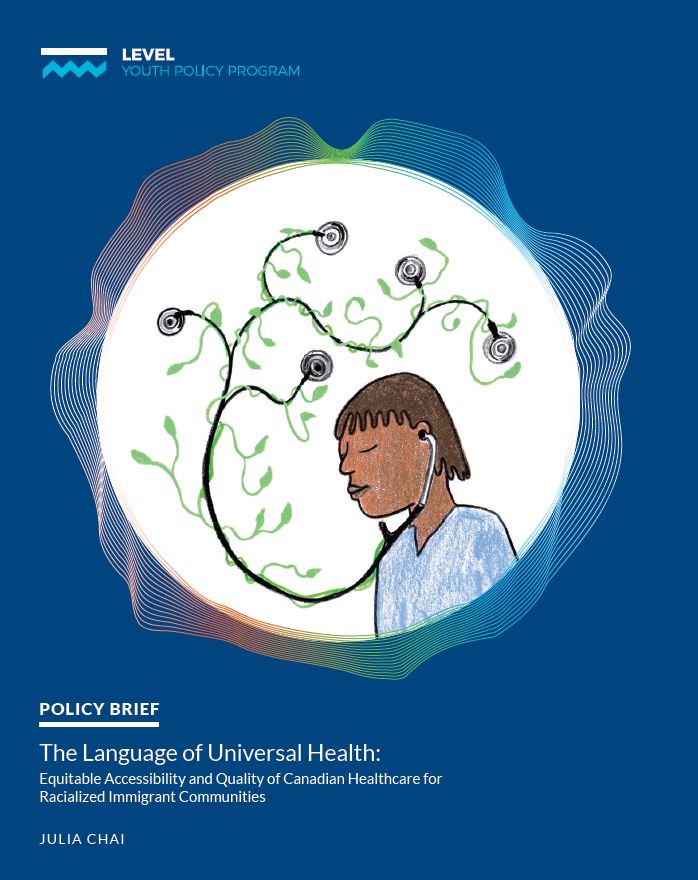The experience of racialized patients with low or no English proficiency in the healthcare system is largely different than what most may endure.
Language concordance between the patient and provider ensures effective communication, and communication is a key contributing and differentiating factor toward quality of care and patient safety. Differences in shared language have also indicated lower satisfaction rates for patients, increased risks of safety from miscommunication, increased risk of patient confidentiality and privacy, and increased medication errors among other outcomes. Literature also reveals that the language barrier alone is the most significant barrier to initial health accessibility in Canada.
Additionally, the significant insufficiency of available race-based health data and research specific to Canada hinders the capacity to develop effective evidence-informed policies and solutions. It is difficult to generalize research findings to the general population without attention to diversity, and without addressing the impact of systemic and institutional racism on health.
This policy brief will examine and address the effects of language barriers in the quality of care, patient safety, and accessibility of healthcare for racialized foreign-born communities who have undergone the immigration process with Low-English-Language Proficiency (LELP). English and French are the official languages of Canada, and English is primarily spoken in the province of British Columbia. The terms “racialized” and “visible minority/minorities” (“persons, other than Aboriginal peoples, who are non-Caucasian in race or non-white
in colour,” as defined by the Government of Canada) are used interchangeably in this brief as “visible minority” is an official term defined by the Government of Canada. However, it is noted that the usage of the term “visible minority” potentially belittles the presence and importance of racialized communities despite making up a significant portion of the Canadian population.
Five main barriers faced by racialized LELP immigrant communities in Canada impacting accessibility and quality of healthcare were identified:
- Lack of race-based data and research in Canada;
- Effects on quality of care;
- Diminished patient safety;
- Cultural linkage to language;
- Availability of language interpreters.
As a result, four main recommendations were proposed to address both capacities of short-term and long-term effective change on all levels of community, provincial, and federal systemic policy work:
- Advocate for collection of race-based, language, and immigrant status data in Canada to better inform policies and solutions for under-served groups;
- Facilitate creation of standardized visual-aid tools to address the gap in communication between racialized LELP patients and the healthcare system;
- Promote and enhance cultural competence, safety, and racial-bias training in medical education and current bodies of practicing medicine;
- Address the lack of diversity in medicine with re-evaluation of medical school admission processes in Canada.


